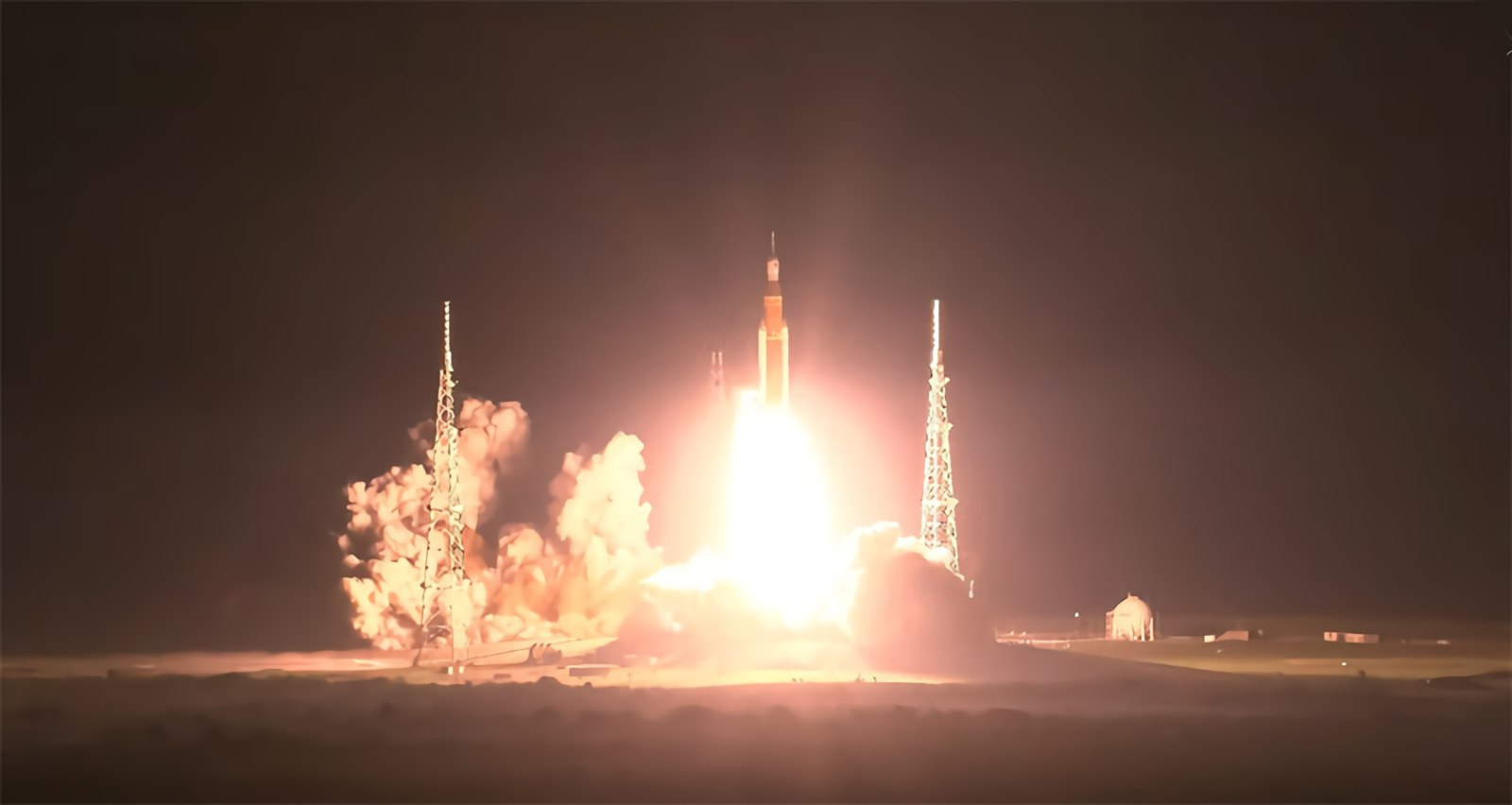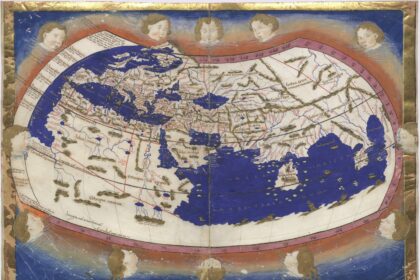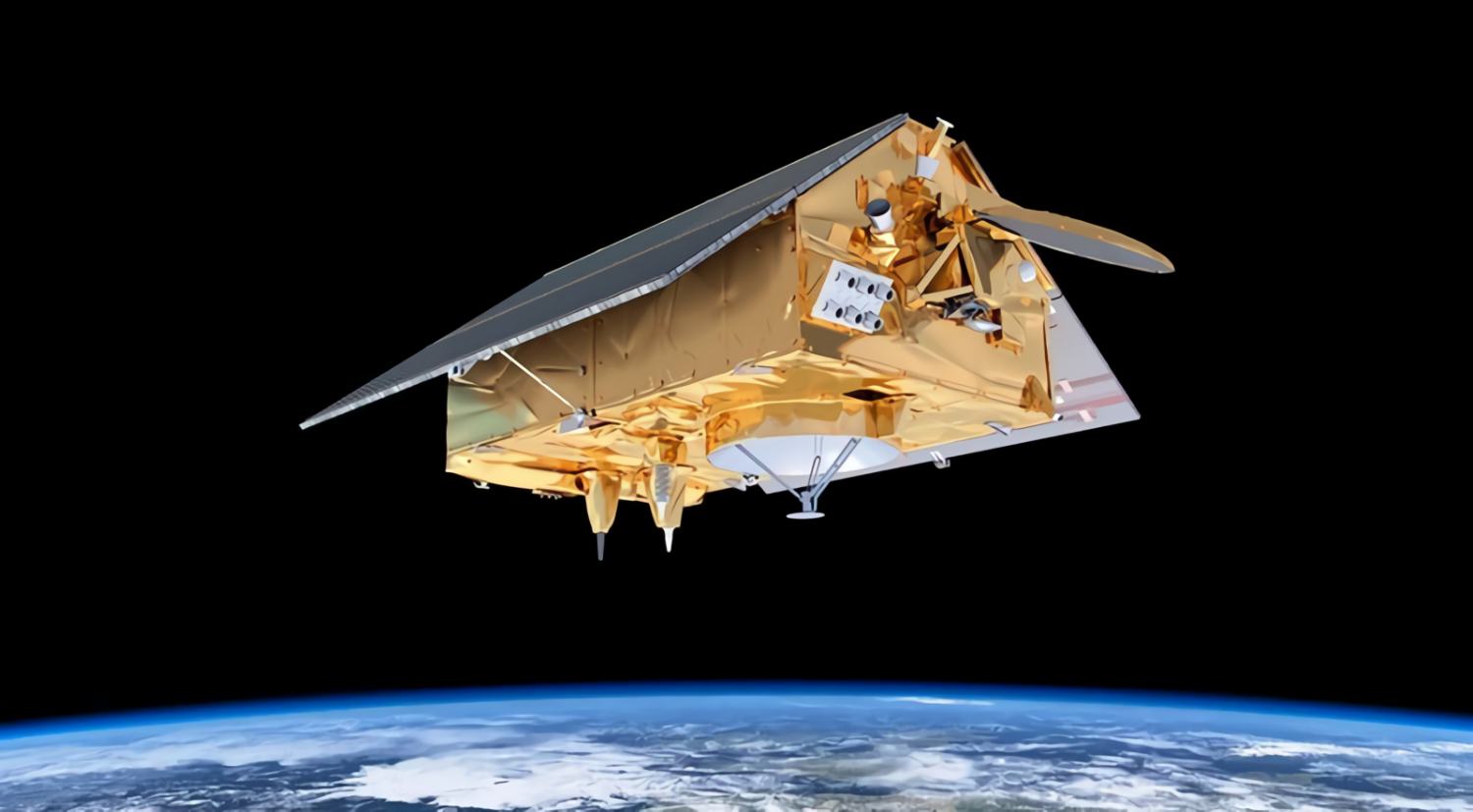You’ve likely seen the movie Moonfall, read science fiction disaster novels, or simply gazed at the night sky, pondering eternity. Have you ever wondered: Why doesn’t the Moon fall to Earth? Let’s explore this together.
The theory of gravity, formulated by Isaac Newton in the 17th century, describes the orbit of celestial bodies, including the Moon’s movement around the Earth. According to this theory, the gravitational force between two objects is proportional to their masses and inversely proportional to the square of the distance between them.
In other words, Earth pulls the Moon with its gravitational force, and the Moon does the same. This interaction is due to the masses of both objects and the distance between them.
If the Moon were hanging motionless in a vacuum, Earth’s gravity would pull it much more strongly, and the satellite would fall onto our planet—a rather unfortunate outcome.
But luckily, the Moon moves around the Earth and at a significant speed—1.023 km/s. This speed provides the necessary inertia, which is an object’s tendency to maintain its state of motion unless acted upon by other forces.
Thanks to this inertia, the moon stays in its orbit.
If the Moon were moving more slowly, Earth’s gravity would overpower its motion, and it would fall onto the Earth. On the other hand, if the Moon were moving faster, it would break free from its orbit and fly off into space.
Where does the Moon get such inertia, allowing it to orbit Earth for billions of years? To answer this, we need to recall how our satellite was formed.
According to modern understanding (the giant impact hypothesis), the Moon was formed when a large object, roughly the size of Mars, collided with Earth about 4.5 billion years ago. As a result, Earth and the colliding celestial body (a planet named Theia) merged into the planet we live on today.
The impact was so intense that the ejected debris didn’t fall back to Earth but instead gathered in orbit, eventually forming the Moon. You can watch an animation prepared by NASA to better understand what this looked like. In reality, scientists believe the process took only a few hours.
Fortunately, there was no life on Earth at the time (life had not yet emerged), so these cosmic-scale events occurred without us. We now witness only the result of this collision—the moon.
According to the law of conservation of momentum, if no external forces act on an object, its momentum (the product of its mass and velocity) remains constant. Since space has little resistance or friction, the Moon continues to move by inertia, orbiting the Earth.
In fact, the Moon isn’t falling toward Earth; rather, it’s gradually drifting away into space. Earth’s strong gravitational pull slows the Moon’s rotation on its axis, a phenomenon called tidal interaction. Because of this, the Moon is moving away from Earth at a rate of about 3.8 cm per year. In billions of years, our satellite will likely drift off completely, but by that time, Earth will be uninhabitable due to the increasing heat from the sun.
So, don’t worry—the moon definitely won’t fall on us.






